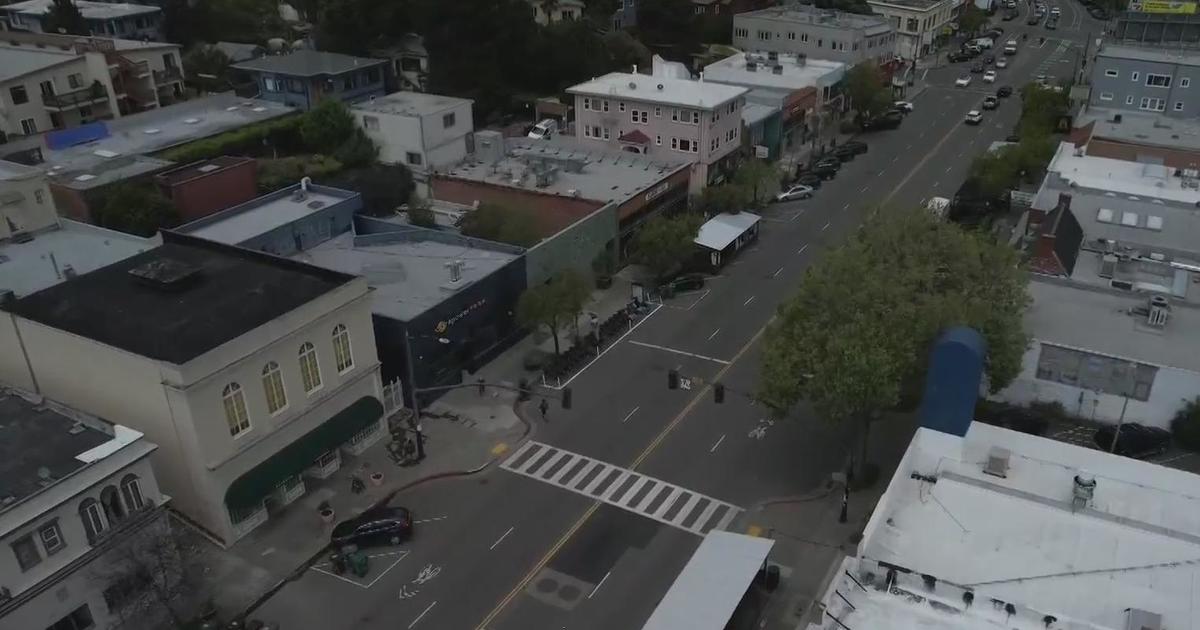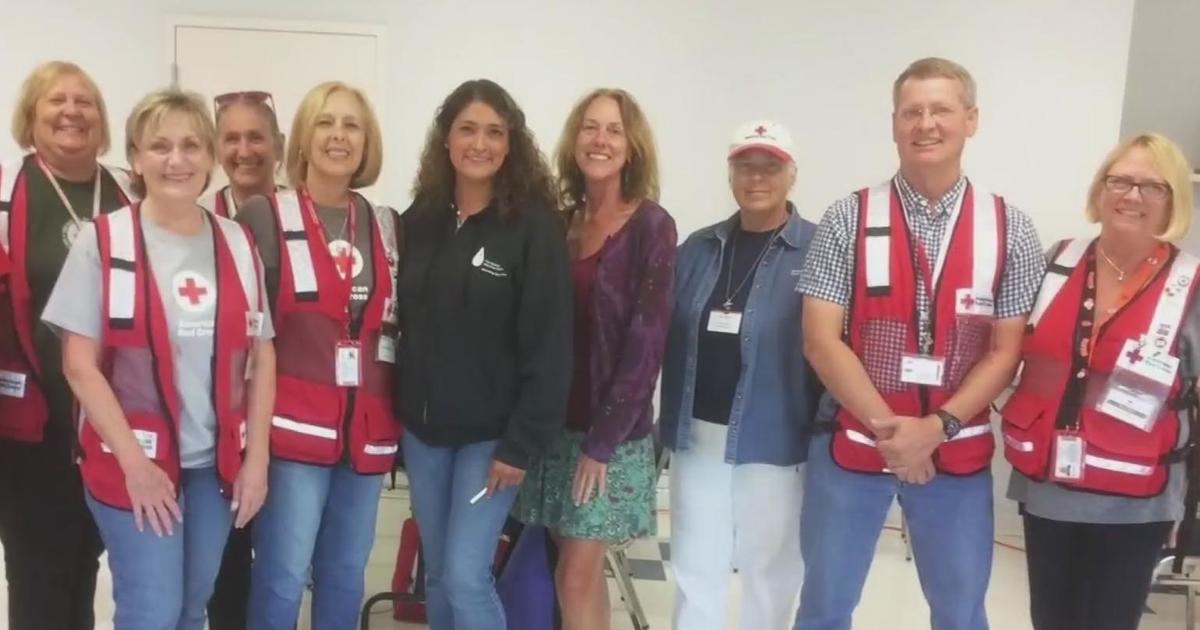StarDate 4/25/14: Some Nearby Planetary Neighbors
FROM THE UNIVERSITY OF TEXAS McDONALD OBSERVATORY, AS HEARD ON KCBS RADIO WEEKDAYS @ 9:52 A.M., 7:35 P.M. & 2:52 A.M.
STARDATE 4/25/2014: Astronomers have discovered thousands of possible planets orbiting other stars — and some of these planets are close to home. In fact, there's a three-planet solar system just 28 light-years away — so close that you can see their star on spring evenings.
61 Virginis resembles the Sun. That alone makes it remarkable, because only one in 25 stars has the same approximate temperature, color, and brightness as the Sun.
61 Virginis boasts three known planets. Astronomers discovered them by measuring the tiny gravitational tugs they exert on the star.
The world orbiting closest to 61 Virginis is a "super-Earth," a planet a few times more massive than our own. The other two planets are even larger — about as massive as Neptune, one of the giants of our own solar system. Unfortunately, though, none of the planets is a likely abode for life. That's because all three worlds are so close to the star that they're extremely hot — far too hot for liquid water, which is considered a necessary ingredient for life.
You can see 61 Virginis tonight. It's bright enough to see with the unaided eye — but only if you're far from city lights. The star is in the constellation Virgo, a little south of Spica, Virgo's brightest star. Spica's due south a couple of hours after nightfall, near bright orange Mars. From there, a good star map will help you find 61 Virginis — a Sun-like star that's casting its light on at least three orbiting planets.
Copyright ©2014 The University of Texas McDonald Observatory



